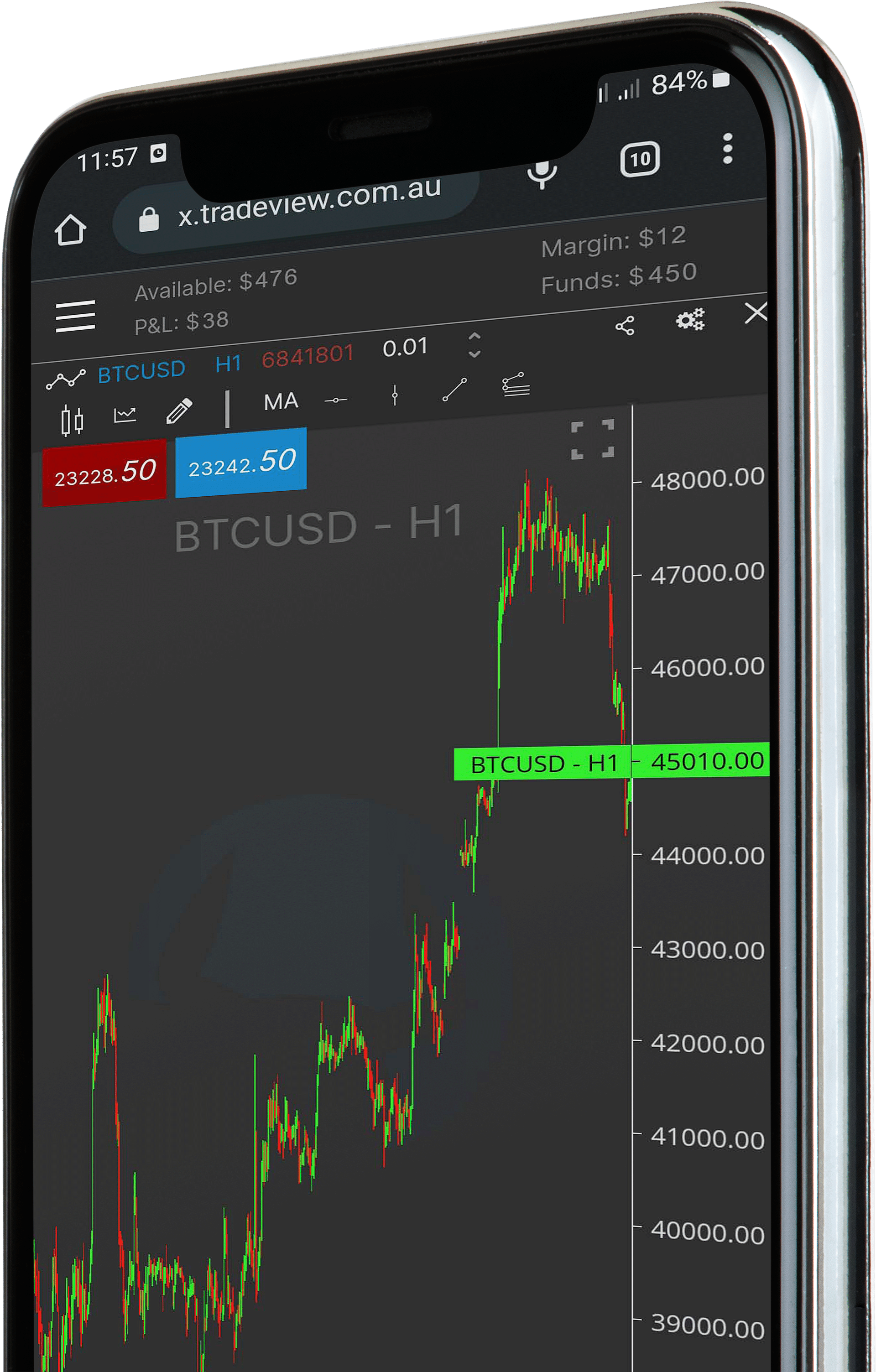Hi Traders,
In this episode, our trader Rey will explore the concept of Heiken-Ashi charts and delve into how the signals they produce can play a pivotal role in enhancing automated trading strategies.
In the dynamic world of financial markets, automated trading strategies have gained significant traction for their ability to execute trades swiftly and accurately. Among the various tools available to traders, Heiken-Ashi charts stand out as a powerful technique for deciphering market trends and making informed trading decisions.

Understanding Heiken-Ashi Charts:
Heiken-Ashi charts are a modified form of traditional candlestick charts, designed to filter out noise and provide a clearer representation of market trends. Unlike conventional candlestick charts that focus on individual price movements, Heiken-Ashi charts utilize a unique formula that takes into account the open, close, high, and low prices of the previous candle. This results in smoother, more visually coherent candlesticks that offer insights into the broader market direction.
The Magic of Heiken-Ashi Signals:
Heiken-Ashi charts generate a variety of signals that can guide trading decisions. These signals are derived from the distinct patterns formed by the modified candlesticks. Let’s explore a few key signals and how they can benefit automated trading strategies:
- Trend Identification: Heiken-Ashi charts excel in identifying trends. An upward trend is characterized by a series of green candlesticks, where the open and close prices are both rising. Conversely, a downward trend is represented by red candlesticks with falling open and close prices. Automated strategies can use these signals to trigger buy or sell orders, aligning with the prevailing trend.
- Reversal Signals: Reversal patterns in Heiken-Ashi charts can offer timely indications of potential trend changes. For example, a change from a series of green candlesticks to a single or series of red candlesticks might suggest a reversal from an uptrend to a downtrend. Incorporating these reversal signals into automated strategies can help capture trend shifts promptly.
- Confirmation Signals: Heiken-Ashi signals can provide confirmation of other technical indicators. When traditional candlestick patterns align with Heiken-Ashi signals, the combined strength of the indications enhances the strategy’s accuracy. Automated systems can be programmed to act upon such confirmations, reducing false signals and improving overall performance.
- Volatility Insights: The size and color of Heiken-Ashi candlesticks offer insights into market volatility. Larger candlesticks with extended wicks indicate higher volatility, while smaller and more uniform candlesticks suggest lower volatility. Incorporating volatility-based filters into automated strategies can optimize trade execution during different market conditions.
Integration into Automated Trading Strategies:
Incorporating Heiken-Ashi signals into automated trading strategies involves programming algorithms to recognize specific candlestick patterns and react accordingly. This integration can be achieved through coding or using trading platforms that support visual strategy builders. By utilizing the signals produced by Heiken-Ashi charts, automated strategies could make more informed and timely trading decisions.
To see live trading reviews, check out the Traders Results Page.
If you would like to learn more about creating automated trading strategies check out the Trading Talk series which has a new episode each week with different topics and concepts on popular automated trading strategies.
Why wait? Get started today. Sign up for an account today with the Tradeview Forex broker www.tradeview.tech and start creating your own automation.





